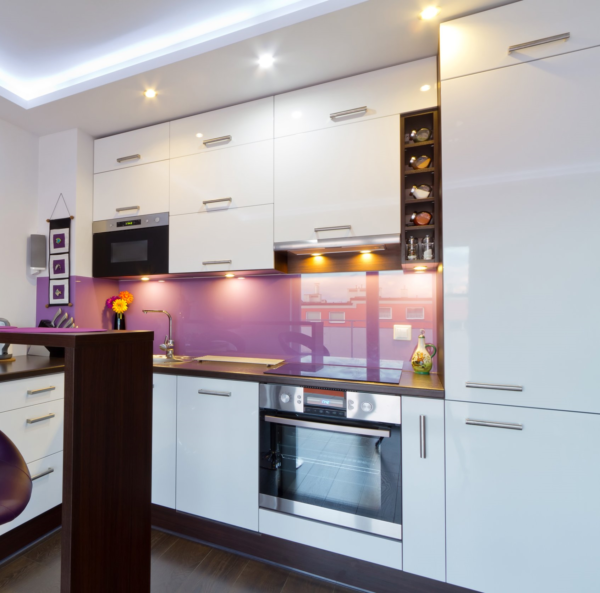Lighting: How Lights Transform Interiors
Lighting is one interior element that can be changed, controlled, or manipulated quickly and simply. It creates depth, height, and tranquillity, and draws attention to impressive areas, bringing life and energy into interior spaces.
With the click of a switch or the turn of a dimmer, light can effectively alter interior space aesthetics, moods, colours, patterns, and illuminating intensity.
In interior design, lights direct attention to some great interior décor feature, piece, or element within a room because the eye always (unconsciously) seeks out the brightest and most interesting object in its field of vision. At night, outdoor lights can effectively direct movement through and within an outdoor environment. There is no doubt about the importance of light fixtures and fittings in interior design and decoration.

Examples of the Transforming Qualities of Interior Lights
Below are some examples of how lighting relates to a room’s area, volume, and design concept.
- Lights reveal objects’ shapes and forms. It can make an object look flat or visually increase its dimensional form.
- Effective lighting design can cause objects to seem to recede into the background, or it can visually accentuate the separation of planes.
- On-stage in the theatre, good light placements can make old starlets appear younger and younger stars with elderly roles look aged.
- At home, good lighting design can create a warm ambience that makes home occupants and guests look calm, healthy, and refreshed.
- In jewellery shops, light placements enhance the glass display units and make them appear gem-like, something achieved by clever manipulation of lights by a lighting designer’s creative skills.
- Interior designers know that costly furnishing may appear like discount store copies with the wrong type of lights. With enhanced electrical lighting systems, beautiful qualities – sheen, texture, pattern, and colour are greatly accentuated.
- Store designers have a way of lighting up meat counters so that meat looks fresh throughout opening hours (even though stale food may be slightly off-colour). And with the right lights illuminating vegetable stands, they look crisp and fresh all day and night.
- Silhouette projections produced by lights can form interesting surface patterns on floors, walls, or ceilings.
- Transparency projections can produce an impression of detailed realism or visions of the wildest ‘flights’ of our imaginations.
Know Your Lighting Requirements
When choosing lighting systems for your home, it’s crucial to determine the different functions that each room will serve. For example, a home office workstation will need brighter task lighting, while the living room might benefit from more ambient lighting to create a relaxing atmosphere. By carefully considering and planning the lighting in each room, you can develop the perfect atmosphere for every space in your house.